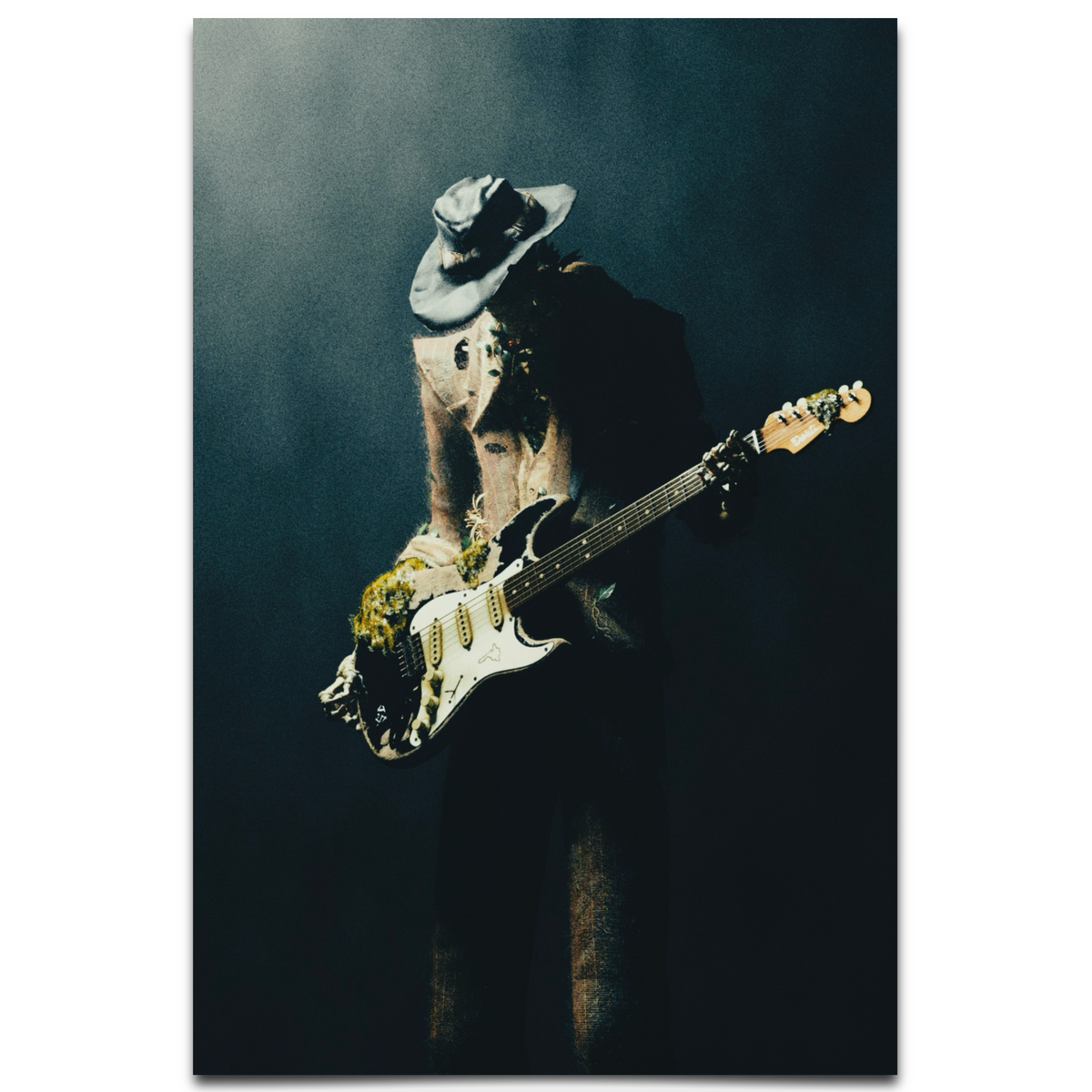Bossa nova, a Brazilian music genre that emerged in the late 1950s, blends samba rhythms with jazz influences, creating a laid-back yet sophisticated sound. At the heart of this style is the guitar, which serves as both a rhythmic and harmonic foundation. Bossa nova guitarists have a unique approach to rhythm and harmony that defines the genre’s signature feel. If you’ve ever wondered how they achieve that smooth, swinging vibe, let’s break it down.
The Rhythmic Foundation: Syncopation and the "Bossa Beat"
One of the first things you’ll notice about bossa nova guitar playing is the rhythm. Guitarists often use a specific pattern that mimics the feel of samba, characterized by syncopation—a technique where accents fall on off-beats. This creates a relaxed, lilting groove that feels almost like a gentle sway. The classic bossa nova rhythm involves a combination of bass notes (played with the thumb) and chordal strums (played with the fingers), alternating in a way that keeps the pulse moving forward. João Gilberto, often credited as the father of bossa nova, pioneered this technique, making the guitar sound like a full percussion section with just a few well-placed notes.
Harmony: Jazz-Inspired Chords and Subtle Complexity
On the harmonic side, bossa nova guitarists draw heavily from jazz, using extended chords like 7ths, 9ths, and 13ths to add color and sophistication. These chords often include tensions and passing tones, giving the music a dreamy, melancholic quality. Unlike traditional samba, which might stick to simpler progressions, bossa nova frequently features chromatic movements and unexpected modulations. A common progression, like the ii-V-I, gets spiced up with altered dominants or minor-major 7th chords, creating a sense of harmonic depth. Guitarists also use voicings that are playable on the fretboard, often keeping chords close together to maintain a smooth, flowing sound.
The Balance of Simplicity and Feel
What sets bossa nova guitarists apart is their ability to balance technical precision with emotional expression. The rhythm must be steady yet relaxed—never rushed—while the harmony supports the melody without overpowering it. This approach often means playing with a light touch, letting the notes breathe, and leaving space for the vocals or other instruments to shine. It’s a minimalist style in execution but rich in feeling, reflecting the genre’s roots in Brazilian culture and its themes of love, longing, and the beauty of everyday life.
Whether you’re a guitarist looking to learn bossa nova or just curious about its sound, understanding this interplay of rhythm and harmony is key. Listen to classics like “The Girl from Ipanema” or “Chega de Saudade” to hear these elements in action, and you’ll start to appreciate how bossa nova guitarists craft their timeless magic.
























